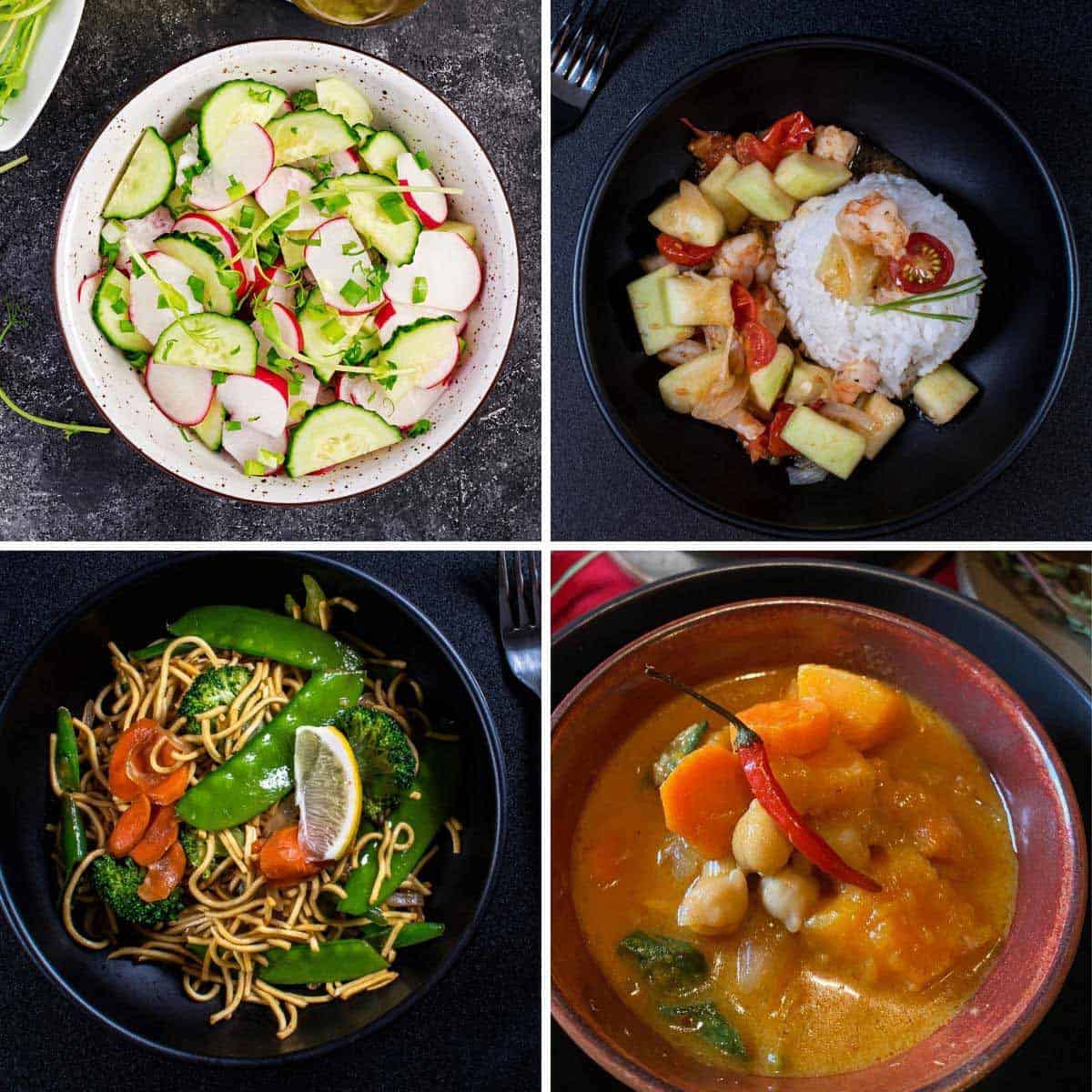Authentic Filipino Food Recipes to Try at Home
Checking out authentic Filipino food recipes presents an opportunity to value the elaborate tastes and cultural relevance behind each dish. From the well-loved Adobo, with its full-flavored marinade, to the tangy Sinigang that personifies the significance of Filipino comfort, these recipes invite a deeper understanding of conventional cooking techniques. Making use of fresh, neighborhood components is necessary, as is welcoming common dining-- a hallmark of Filipino culture. As we think about the necessary elements and strategies that specify these cooking prizes, one might question what specific recipes can genuinely capture the heart of this lively food.
Popular Filipino Cuisines
Filipino food flaunts an abundant tapestry of tastes and traditions, with over a lots renowned meals that highlight the country's diverse social influences. Among one of the most well-known dishes is Adobo, a full-flavored stew normally made with chicken or pork, marinaded in vinegar, soy sauce, garlic, and flavors. Its zesty flavor account makes it a staple in Filipino houses.
One more precious meal is Sinigang, a sour soup usually made with tamarind, tomatoes, and numerous veggies. This recipe can include pork, shrimp, or fish, and its rejuvenating taste is best for cozy climates. For those with a wonderful tooth, Leche Flan-- a creamy caramel custard-- acts as a preferred treat, showcasing the Filipino propensity for rich, pleasant tastes.
Kare-Kare, a passionate oxtail stew with a thick peanut sauce, together with the legendary lumpia, or springtime rolls, additionally exhibit the variety located in Filipino cuisine. Each dish not just offers unique tastes yet additionally narrates of regional components and historical impacts, making Filipino food a lively reflection of its culture and heritage.
Crucial Components for Filipino Cooking
The significance of Filipino cooking hinges on its crucial active ingredients, which offer as the foundation for the country's cherished recipes. A range of tastes and structures come together, showcasing the varied cultural influences that form Filipino food.
Trick ingredients include rice, the staple that accompanies nearly every meal, signifying nourishment and area. Soy sauce, vinegar, and fish sauce (patis) are crucial for flavoring, conveying umami and deepness to meals. Fresh herbs like cilantro and basil include fragrant quality, while garlic, onion, and ginger provide a durable taste base.
Healthy protein sources such as pork, chicken, and seafood are main to many recipes, often marinated to boost taste. Vegetables like eggplant, bitter melon, and green beans add vital nutrients and equilibrium - Filipino food recipes. Coconut milk is an additional significant active ingredient, offering creaminess and a subtle sweet taste to various stews and treats
Finally, calamansi, a citrus fruit, supplies a refreshing flavor that find here elevates recipes and beverages alike. Together, these components develop the lively and rich tapestry of flavors that define Filipino food, making it both comforting and distinctive. Comprehending these fundamentals is essential for any individual seeking to replicate authentic Filipino dishes in the house.
Step-by-Step Recipe Overview

Begin by preparing your Discover More Here ingredients. For Adobo, cut the meat right into consistent pieces and marinate it in soy sauce, vinegar, garlic, and bay leaves for at the very least half an hour. Next off, warmth oil in a frying pan and sauté the garlic and onions until aromatic, then add the marinaded meat, permitting it to brownish uniformly.
For Sinigang, start by steaming water in a pot and adding your choice of meat. As soon as tender, integrate tamarind paste or fresh tamarind for that signature sour taste. Follow with vegetables like radish and kangkong, cooking till simply tender.

Tips for Authentic Flavor
Usually, accomplishing authentic flavor in Filipino recipes rests on the careful choice and treatment of ingredients. Beginning with fresh, high-grade fruit and vegetables, as the vibrancy of vegetables and natural herbs significantly enhances the meal's total preference. Staples like garlic, onions, and ginger create the fragrant structure for many recipes; utilizing them in proper percentages is vital.
Picking the best healthy protein is equally important. Traditional adobo typically employs hen or pork, marinaded to take in the sauce's complete taste. Additionally, take into consideration sourcing in your area generated or regional active ingredients, as they can offer authenticity that store-bought options lack.
Food preparation strategies additionally play a crucial duty. Slow-cooking approaches, such as braising or stewing, enable flavors to meld magnificently, while frying can include a gratifying appearance. Don't ignore check it out seasoning; making use of salt, fish sauce, or soy sauce at the right minutes can elevate a dish substantially.
Serving and Enjoying Filipino Food
Culinary experiences are enriched when Filipino food is offered with attention to practice and community. The method of sharing dishes is main to Filipino society, symbolizing unity and hospitality. When offering Filipino meals, think about utilizing traditional serveware, such as clay pots or bamboo baskets, which boost the authenticity of the experience.
Generally, Filipino dishes are appreciated family-style, with a range of recipes positioned at the facility of the table. This common technique encourages communication and enables visitors to example different tastes. A well-curated spread may consist of staples like adobo, sinigang, and lumpia, complemented by rice, which is a fundamental element of every dish.
Coming with the food with standard spices, such as soy sauce, vinegar, or chili paste, can elevate the dining experience, welcoming restaurants to customize their plates to their choices. Furthermore, integrating neighborhood drinks, like calamansi juice or tuba, can boost the general flavor profile.
Final Thought
